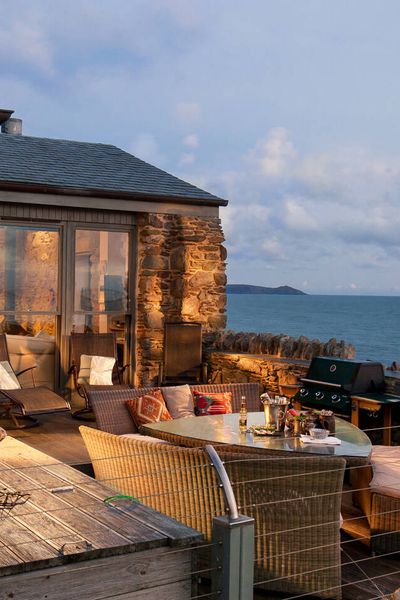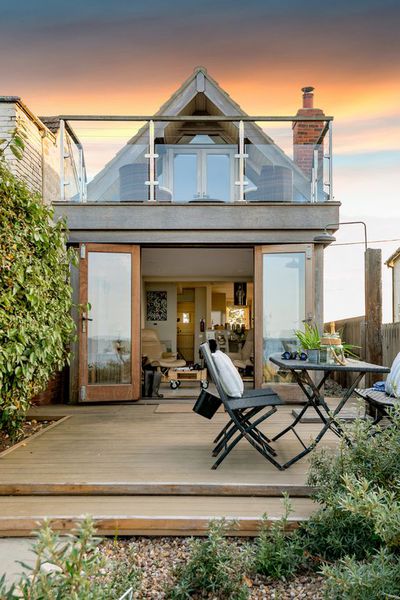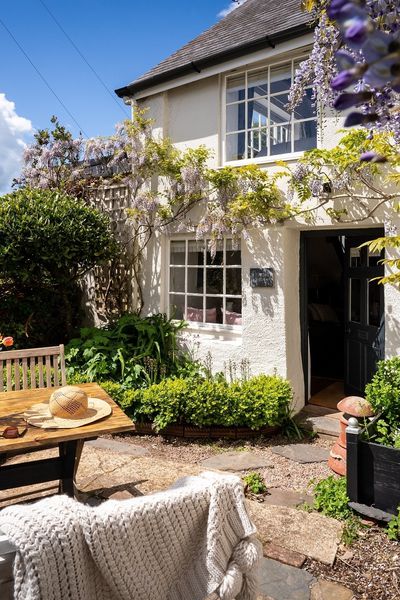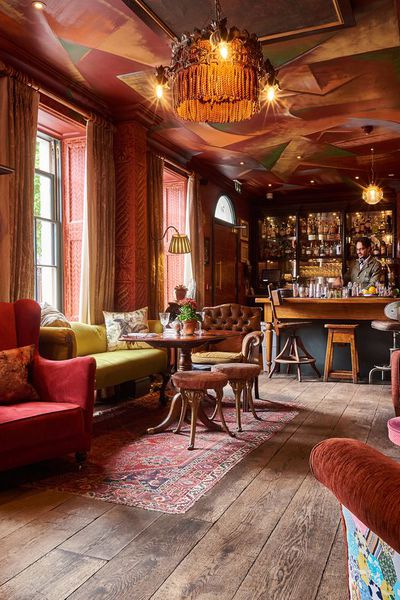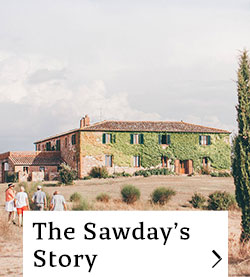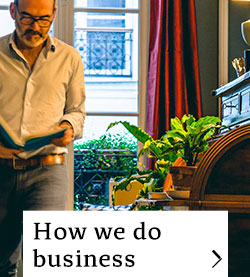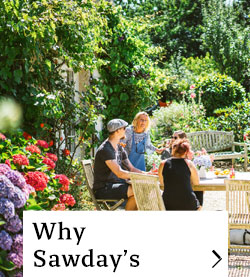How to market your holiday cottage
While you might think of marketing as just getting the word out about your holiday cottage, it’s really something that should influence all your decisions, from décor to emails.
Here are a few top tips that we always tell owners who are just starting out.
 Choose your audience
Choose your audience
First things first – decide who you are marketing to. You can’t be all things to all people so ask yourself: who do you want to come and stay? Is it groups of walkers who’ll come back with muddy boots and maybe a dog or two, families with young children, romantic couples, lonesome writers or huge gatherings of the clans. Obviously, the amount of space you have will dictate some of those decisions, but once you’ve zoomed in on your potential target then you need to put yourself in their shoes so you can make things memorable.
Ask yourself: if I was going with a group of friends on a walking holiday with our dogs and decided to stay in a B&B, what would make it perfect? Walk yourself through that ideal holiday. You’d have welcome cake, be offered lifts to trailheads and local pubs, have a big hearty breakfast, check local maps and guides, stamp the trails, wash off paws and boots at the outdoor tap and soak in big baths before getting a great night’s sleep on wonderful beds.
It might not be possible for you to provide everything for that dream stay, but the exercise will help you get in the heads of your ideal guests and create a place they’ll love.
Build your website
It is possible, if you list with good agents, to manage your holiday cottage without a website, but you’ll be missing out on the potential for guests coming directly to you and saving you commission fees. While it might seem daunting to build a website, there are plenty of freelancers and companies out there who can set one up for you, and self-build sites like Squarespace and Wix that are simple enough for anyone to use. Whether you’re building your own or commissioning one from someone else, here are a few things to consider:
Mobile usage
Mobile devices will make up more of your site’s traffic than desktop, so your website needs to be mobile friendly. Try not to use more than columns on a page and in general keep your layout simple and your content as minimal as you can while still conveying all the necessary information.
Site speed
Sites that aren’t designed for mobile devices will run very slowly, taking an average time of 15 secs to load a page. This needs to be around 3 seconds to stop guests leaving before it has loaded. Large file sizes for your images will also slow your site down, so keep an eye on those too.
Typography
This needs to be simple, clear and easy to read on a small screen. Think about line height, character spacing and paragraph spacing. Use no more than three font sizes and two typefaces (perhaps one for headings and another for body text).
Quality content
Let people know what there is to do in your area. You need more than just nice rooms to attract guests. People love an insider tip too, so if there are trails or beaches or places to eat that only the locals know, make sure to add them alongside the more famous attractions. It can help to have a map if you can fit everything on one, or just to indicate a selection of things that guests can walk to if they want to ditch their cars for a few days.
Liking and sharing
Consider adding like and share buttons for social media channels (if you have any, we’ll get to that) to your site. Booking a place to stay is usually a considered decision on the part of the guest, involving several visits to a holiday cottage website and consultation with friends/family. Share buttons can make it easier for people to discuss your place. Also, you don’t need to have your own social media accounts to make these work, so if you have no intention of joining Facebook or Instagram, don’t worry.
Photography
Good photos are the single most important thing when it comes to making guests fall in love with your place. We have seen an upgrade in photography transform an owner’s bookings on numerous occasions. We recommend getting a professional in and making sure that they have interiors experience and a portfolio that you like the look of.
Taking engaging, enticing pictures of rooms is a real art and about more than just having a decent camera. As well as making your place more appealing to guests, it also helps any agents you’re working with get you featured in marketing and PR, so the investment in top notch photography can really pay off. Read more about creating a great photo gallery.

![]()
Social media
Social media is a great tool for marketing your holiday cottage, but it takes a lot of effort and a real commitment to make it work. It’s unlikely that you’ll ever generate enough bookings from it to make it compete with the clout of the major platforms, but every booking you DO get through it will be, apart from the investment of your time, completely free.
Currently, Instagram would seem the obvious choice for accommodation providers. It’s largely visual, simple to use and has a massive travel community that you can try and tap into. This can always change of course, but we’ve found that generally it’s best to pick one platform and put your energy into that. You should post at the very least once a week, make sure you use great photos and remember to monitor the channel and reply to people who might ask questions.
Following up
Marketing doesn’t end when a guest checks out. It’s important to get feedback and put it online like you see on Sawday’s place pages, as testimony from previous guests is one of the most powerful things in influencing other browsers. A leather-bound guest book is lovely, but people only see it after they’ve booked.
You might also want to encourage your guests to book for the same time next year, which many people, especially families regularly do. You will need to make sure you’re being GDPR compliant, but one good summer and some decent following up can take care of next summer a year in advance.
